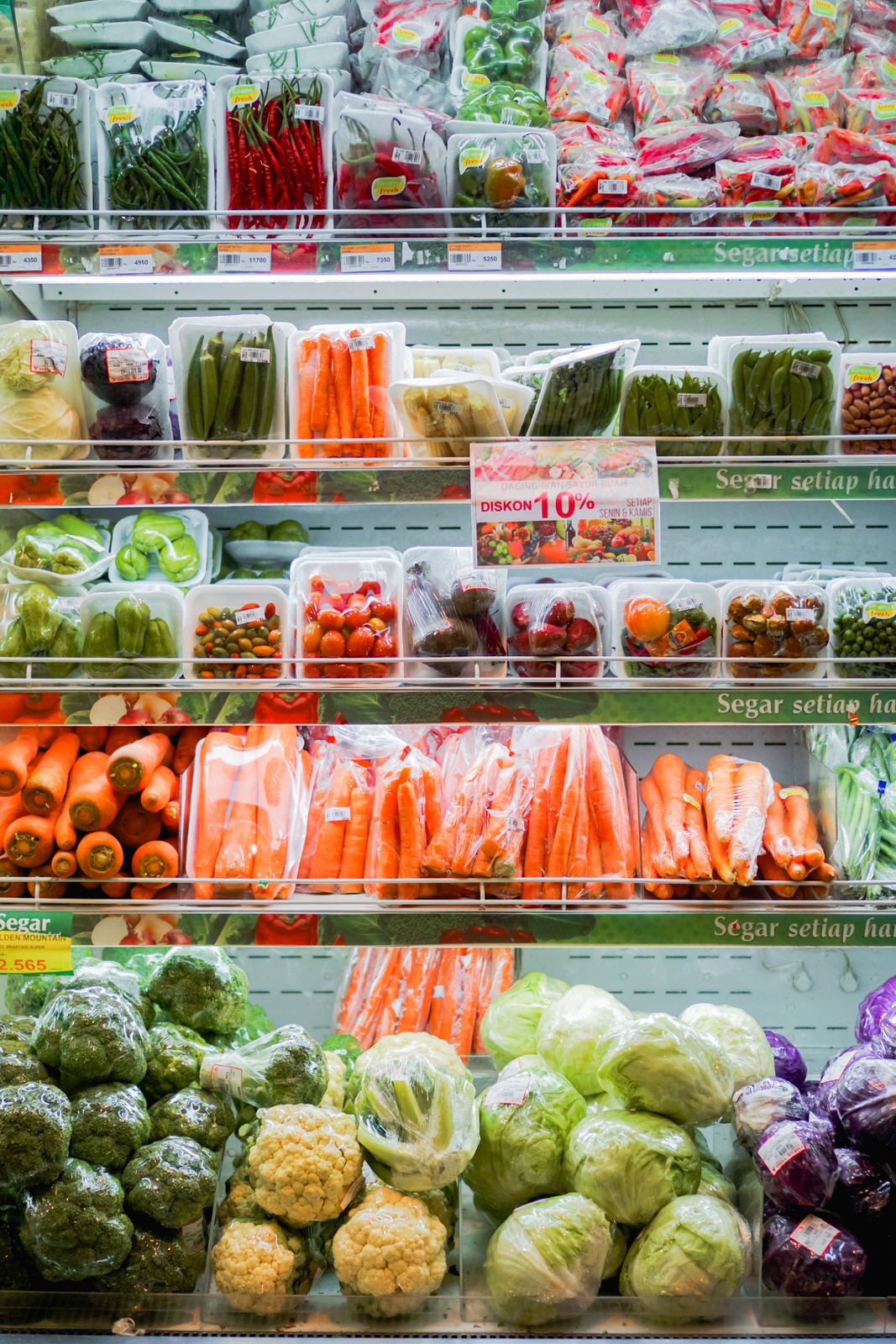Growing up in a coastal town, I was always acutely aware of the impacts our consumer waste had on our local environment. Whenever there was a storm rolling in, my family and I would head down to the beach to watch the waves, but what we couldn’t see in that moment was all the man-made waste that would be left on the shores once the storm had past.
Plastic water bottles, tampon applicators, straws, plastic bags – these were just a few of the items that would be left behind, and as I grew up the waste became even more visible. It was clear that our ocean wasn’t being treated as the incredible eco-system that it is, and instead was being treated like a garbage bag.
Luckily, the plastic-free and zero-waste movements have taken off and people all around the world are starting to become more conscious and motivated about making a positive impact on the world around them.
But when you first set out to reduce your consumer waste, whether that is plastic, food waste, or other materials, it can be overwhelming to know where to begin.
While there are many incredible sustainable brands that are starting to make it easier for people to make the switch to “greener” solutions, the up front investment of transitioning to a low-waste lifestyle can feel a little out of reach. Which is why I believe so strongly in educating people about how they can make simple and affordable swaps to reduce their waste that makes this movement accessible for everyone. We need to motivate the masses, and if we are going to do that we need to make sure that the sustainable solution is one that absolutely everyone can afford.

1. Skip the Plastic Food Packaging and Opt for Glass
So much of the food we buy comes wrapped in plastic and it’s time we started seeking out less wasteful alternatives. So the next time you are at the grocery store and are ready to buy a container of olives or a bottle of milk in plastic, check around to see if there is a glass option instead. Often times there may be another brand selling a very similar product that comes in glass. The price difference is often less than a dollar, or may not even be any more expensive, but now instead of buying in plastic you have a jar that can be reused or recycled long after your food is gone.
2. Bring Cloth Produce Bags to the Super Market
You know those little plastic bags that you put all your produce in at the grocery store? Yeah, you don’t need them. Instead, start bringing a few cloth or canvas produce bags to the grocery store or farmers market to put your produce in. You can often find these little produce bags for around $2-5 a piece, and overtime you will have all the cloth bags you need to never use those plastic produce bags again. Most cloth produce bags these days also have the tare weight printed right on the tag, which the cashier can just subtract at checkout from the weight of your produce.
3. Switch to Bar Soap/Shampoo
Plastic packaging extends all the way to our beauty/personal care products, and can be one of the most difficult places to avoid creating unnecessary waste. Luckily, the artisan soap trend is starting to make a comeback, and now there are so many beautiful soap options that you can most likely find at your local farmers market or health food store that make swapping out your usual liquid hand soap or body wash a breeze.
One of my favorite brands making beautiful artisan soaps is Osmia Organics, and Humankind makes an amazing shampoo bar if you are looking to switch to a plastic-free hair care routine as well.

4. Ditch Plastic Tampon Applicators
Plastic tampon applicators are another common form of plastic pollution and can be easily avoided to help reduce your overall waste. While a reusable silicone menstrual cup is the ultimate way to a zero-waste period, they usually cost between $30-$40, which in the long run will save you money that you would have spent on tampons. But if you aren’t quite ready to break away from tampons all together, try opting for eco-friendly tampons that use organic cotton and paper applicators. These tampons can be found for under $10 a box at many drug stores and are so much better for your body and the planet.
5. Swap Your Paper Towels for Cotton Dish Cloths
Paper towels didn’t become a household item until the 1930s, but today more than two-thirds of all households rely on paper towels, with the USA using more paper towels than any other country. While paper towels may seem harmless (they aren’t plastic after all!) they really aren’t. The demand for paper towels puts a significant strain on our forests, which really should be being protected to help fight climate change – not wipe our hands dry.
Luckily paper towels can very easily be swapped with regular cloth dish clothes or cloth cleaning rags, and the best part is that you actually will SAVE money by eliminating paper towels from your life. I promise the transition away from paper towels will be so much easier than you think, and you will wonder before long why you ever bought them in the first place.
With these five simple and affordable swaps you will soon be surprised at how much less waste you create each month and will be well on your way to making a positive impact on the planet.
